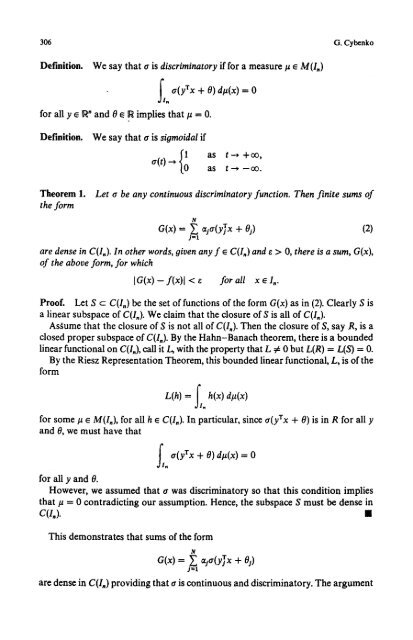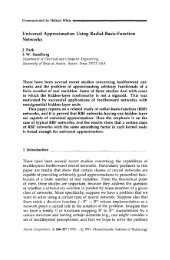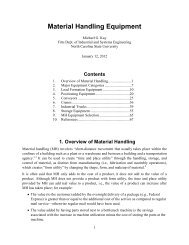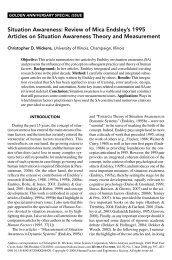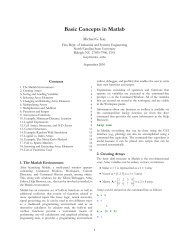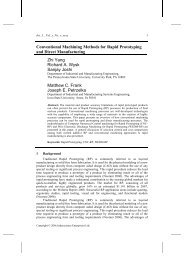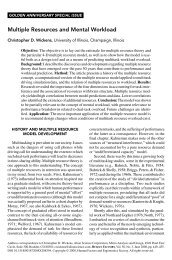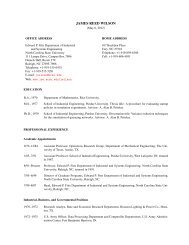Approximation by superpositions of a sigmoidal function
Approximation by superpositions of a sigmoidal function
Approximation by superpositions of a sigmoidal function
You also want an ePaper? Increase the reach of your titles
YUMPU automatically turns print PDFs into web optimized ePapers that Google loves.
306 G. Cybenko<br />
Definition.<br />
We say that tr is discriminatory if for a measure/z ~ M(I.)<br />
t. a(ylrx + 0) dl~(x) = 0<br />
for all y e R" and 0 e R implies that/z = O.<br />
Definition.<br />
We say that a is <strong>sigmoidal</strong> if<br />
a(t)~fl as t--* +oo,<br />
to as t ~ -oo.<br />
Theorem 1.<br />
the form<br />
Let a be any continuous discriminatory <strong>function</strong>. Then finite sums <strong>of</strong><br />
N<br />
G(x) = ~ ~ja(y~x + Oj) (2)<br />
j=l<br />
are dense in C(I,). In other words, given any f ~ C(I,) and e > O, there is a sum, G(x),<br />
<strong>of</strong> the above form, for which<br />
IG(x) - f(x)l < e for all x ~1,.<br />
Pro<strong>of</strong>. Let S c C(I,) be the set <strong>of</strong> <strong>function</strong>s <strong>of</strong> the form G(x) as in (2). Clearly S is<br />
a linear subspace <strong>of</strong> C(I,). We claim that the closure <strong>of</strong> S is all <strong>of</strong> C(I,).<br />
Asgume that the closure <strong>of</strong> S is not all <strong>of</strong> C(In). Then the closure <strong>of</strong> S, say R, is a<br />
closed proper subspace <strong>of</strong> C(ln). By the Hahn-Banach theorem, there is a bounded<br />
linear <strong>function</strong>al on C(I,), call it L, with the property that L # 0 but L(R) = L(S) = O.<br />
By the Riesz Representation Theorem, this bounded linear <strong>function</strong>al, L, is <strong>of</strong> the<br />
form<br />
L(h) = f<br />
,11 n<br />
h(x) d#(x)<br />
for some # e M(ln), for all h e C(I,). In particular, since a(yrx + O) is in R for all y<br />
and 0, we must have that<br />
fta(YrX + O) d#(x) = 0<br />
n<br />
for all y and 0.<br />
However, we assumed that a was discriminatory so that this condition implies<br />
that/z = 0 contradicting our assumption. Hence, the subspace S must be dense in<br />
c(1,).<br />
9<br />
This demonstrates that sums <strong>of</strong> the form<br />
N<br />
are dense in C(I,) providing that a is continuous and discriminatory. The argument


